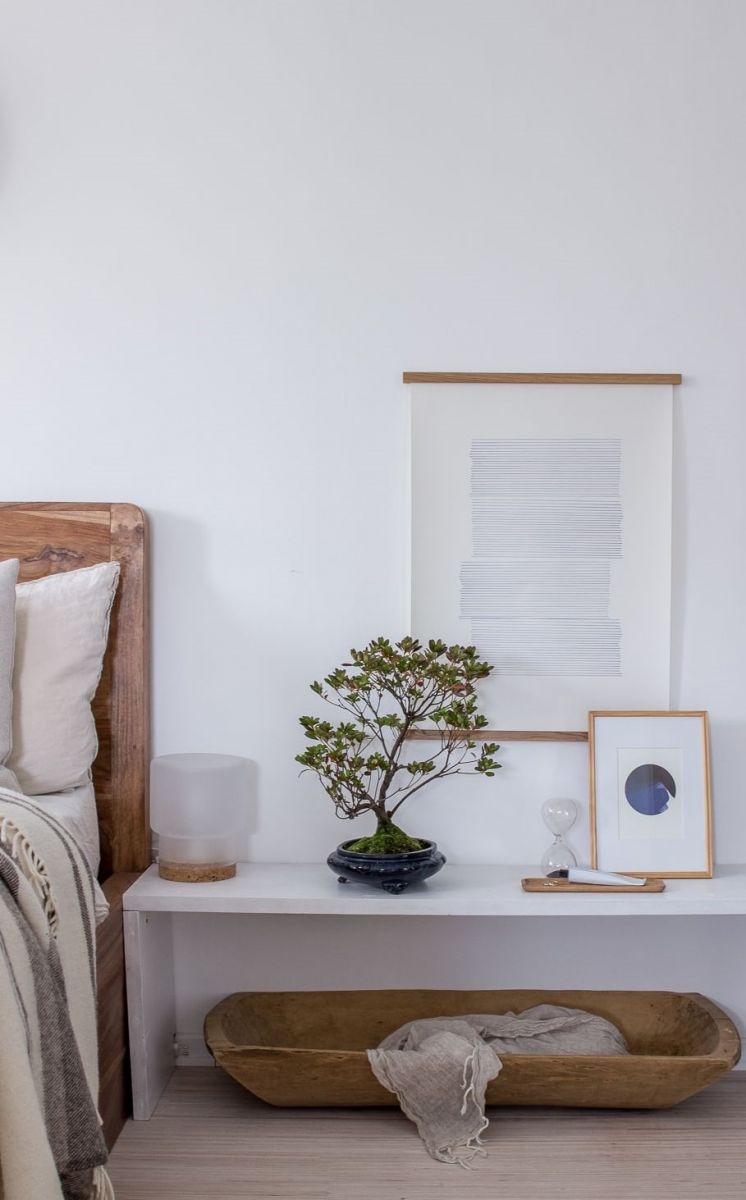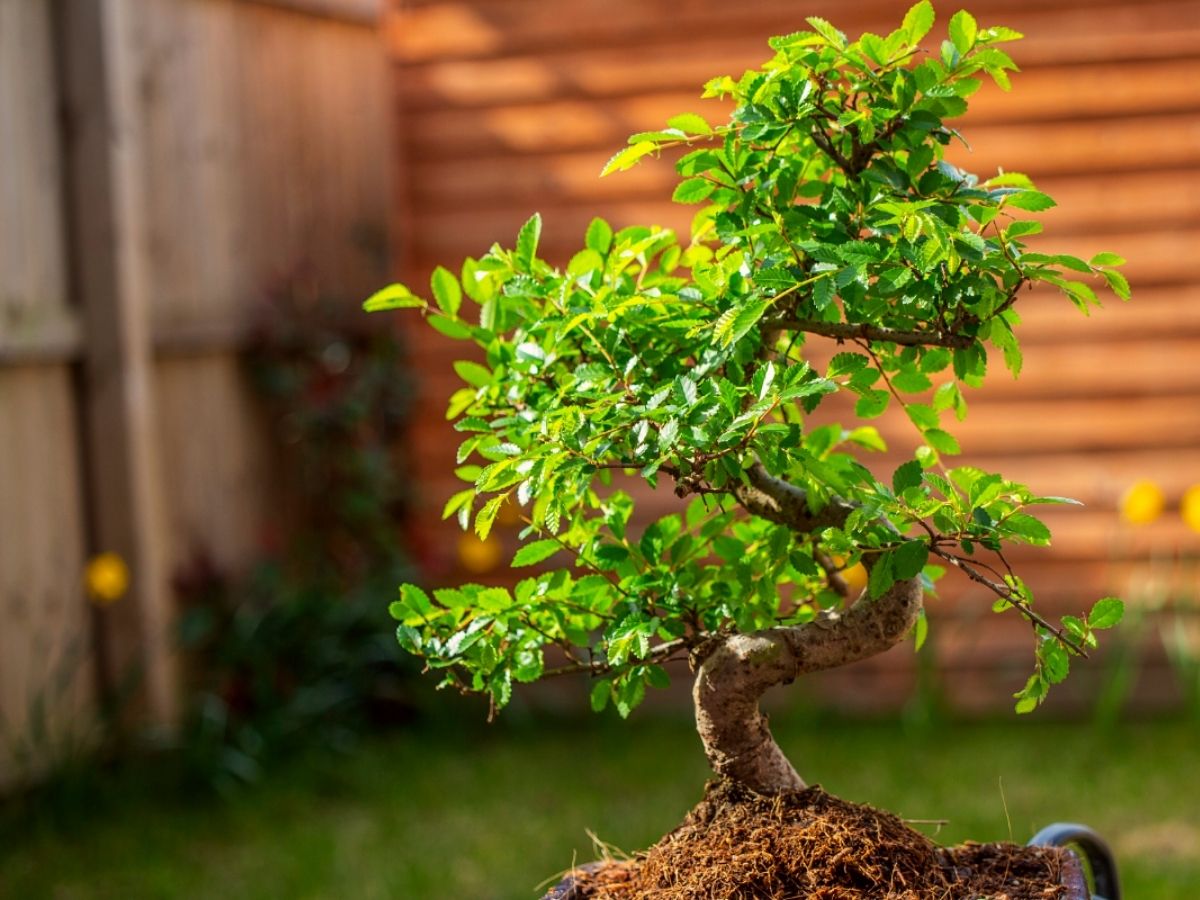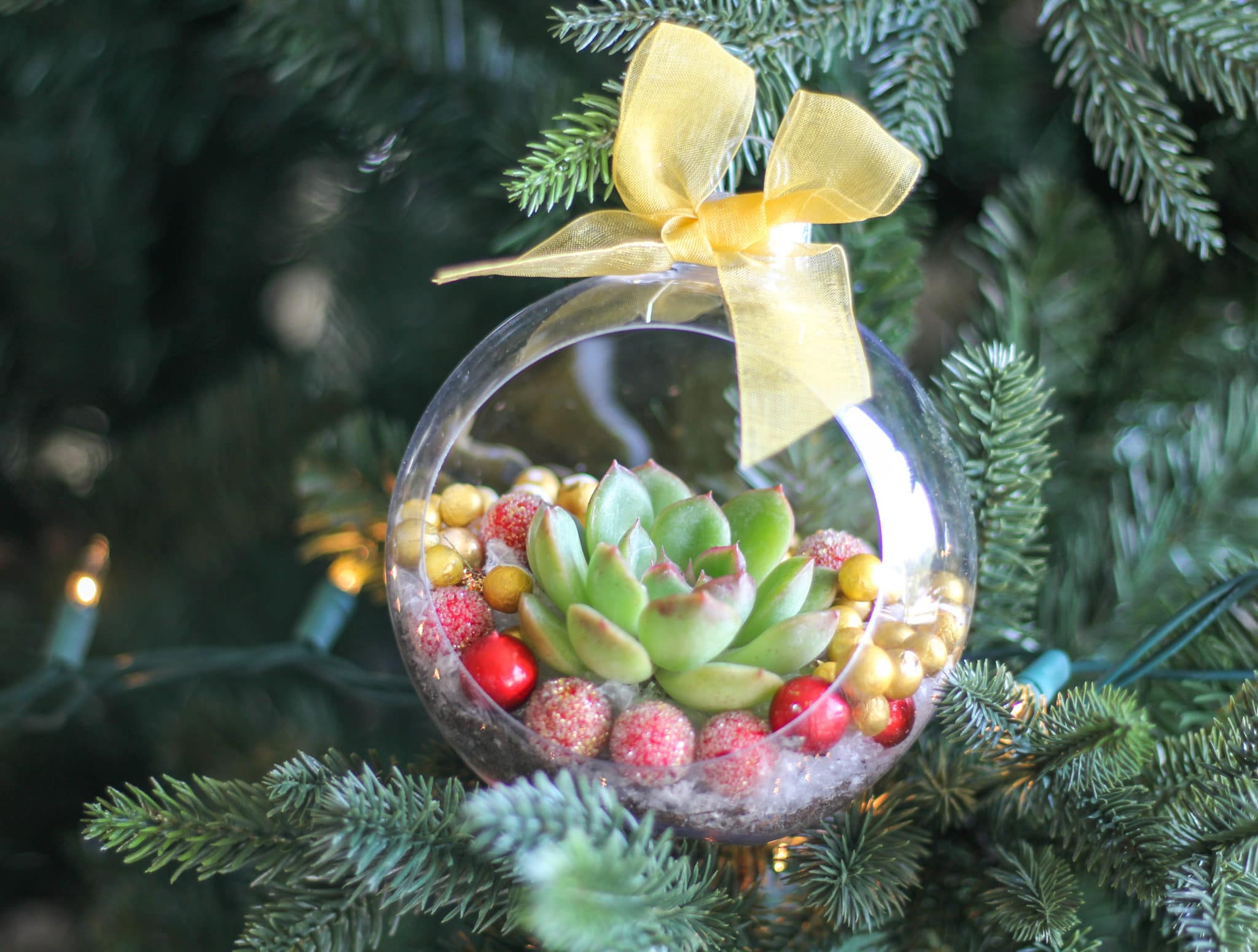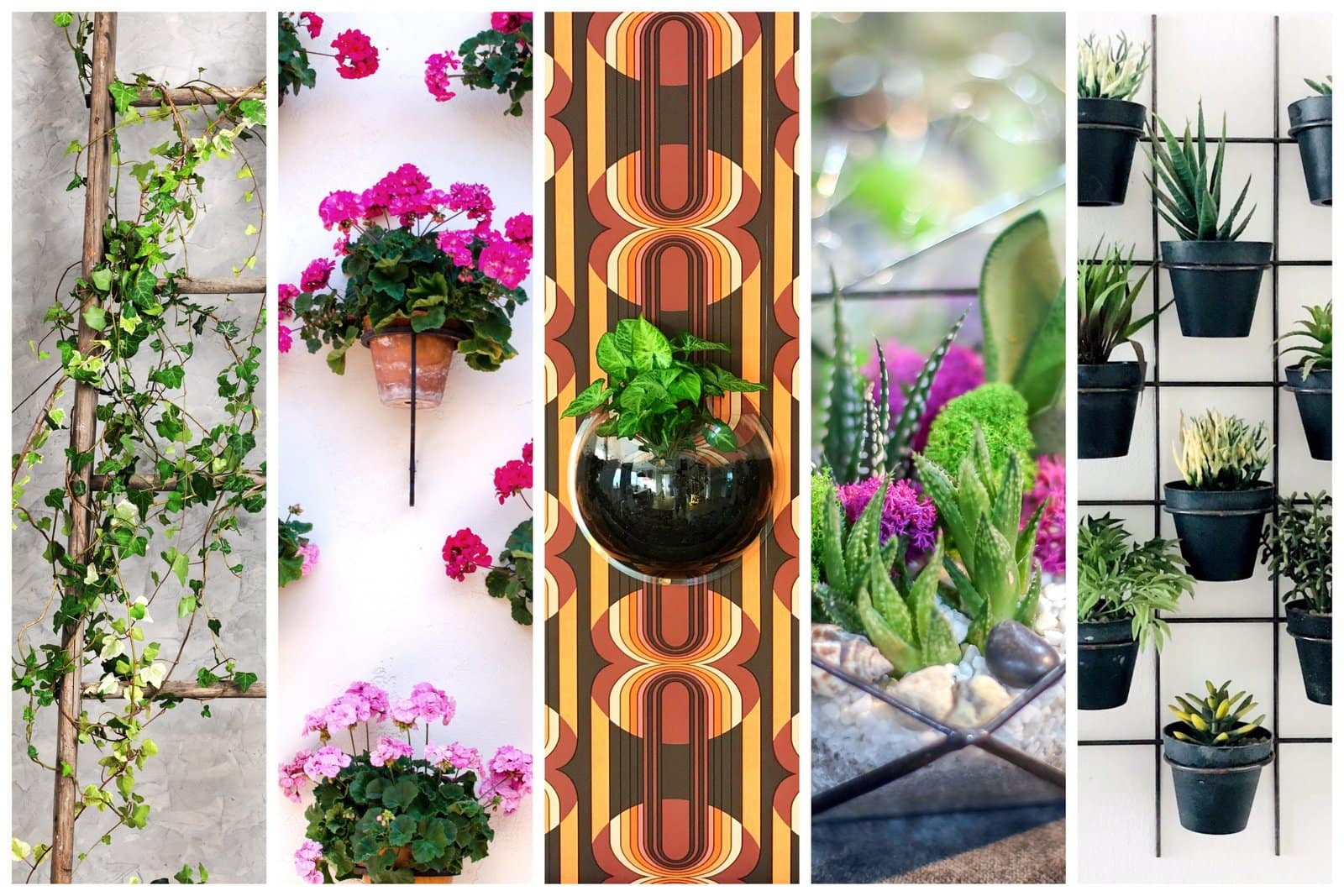Creating a peaceful and harmonious atmosphere in your home can be achieved through the use of bonsai trees, which intricately blend beauty and tranquility. In this article, discover the art of incorporating bonsai trees into your home decor to create a Zen-inspired ambiance that cultivates serenity and balance. Learn how to choose the right bonsai tree, where to place it, and how to care for it to infuse your living space with a sense of natural calmness and elegance. Experience the transformative power of bonsai trees as you embark on a journey to create a tranquil oasis within your own home.
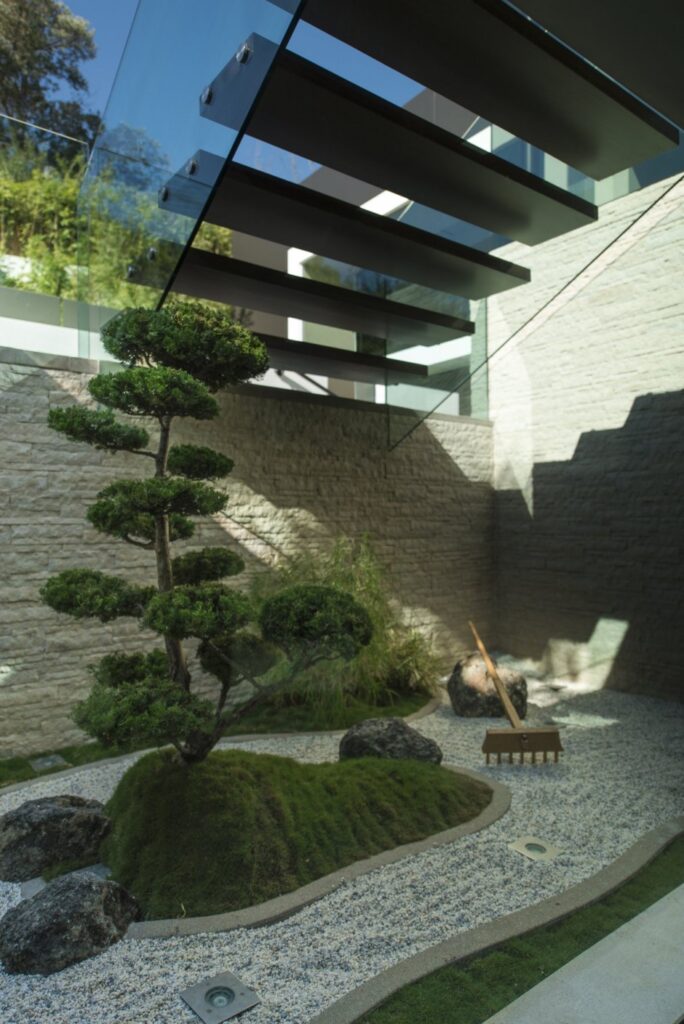
This image is property of cdn.homedit.com.
Choosing the Right Bonsai Tree
Determining Your Space and Size Constraints
When choosing a bonsai tree, it’s important to first consider the available space in your home or garden. Bonsai trees come in various sizes, ranging from miniature to larger ones. If you have limited space, opt for a smaller bonsai tree that can fit well on a shelf or tabletop. However, if you have ample space, you can consider a larger bonsai tree that can become the centerpiece of a room.
Considering Different Bonsai Varieties
There are numerous varieties of bonsai trees to choose from, each with its unique characteristics. Some popular bonsai tree varieties include the ficus, juniper, and maple. Before making a decision, research and learn about the specific needs and care requirements of each variety. Consider factors such as sunlight, watering needs, and temperature preferences to ensure that you choose a bonsai tree that is well-suited to your environment.
Assessing Your Level of Commitment
Bonsai trees require regular care and attention to thrive. Before diving into the world of bonsai, it’s important to assess your level of commitment. Ask yourself how much time and effort you are willing to dedicate to caring for your bonsai tree. Some varieties may require more maintenance than others. If you are new to bonsai, you may want to start with a variety that is relatively low-maintenance and gradually move on to more challenging ones as you gain experience.
Creating a Zen Corner for Your Bonsai Tree
Selecting a Suitable Location
To create a serene and peaceful atmosphere for your bonsai tree, it’s crucial to select a suitable location. Bonsai trees thrive in locations that offer the right balance of sunlight and shade. Place your bonsai tree near a window or in an area that receives partial sunlight, avoiding direct exposure to harsh afternoon sun rays. Additionally, ensure that the location provides adequate airflow to prevent stagnant conditions.
Arranging Other Elements for a Zen Feel
In addition to the bonsai tree itself, incorporating other elements can enhance the Zen aesthetic of your corner. Consider adding a small water feature, such as a tabletop fountain or a calming fish tank, to create a soothing ambiance. Decorative stones and miniature figurines can also be placed strategically to add a touch of tranquility. Keep the overall arrangement simple and uncluttered to achieve a minimalist and harmonious appearance.

This image is property of www.veronneau.com.
Providing the Ideal Environment for Your Bonsai Tree
Understanding Light and Temperature Requirements
Proper lighting and temperature are essential for the health and growth of your bonsai tree. Most bonsai trees require bright, indirect sunlight for several hours each day. Place your bonsai tree in a location that receives adequate natural light. If natural light is limited, you can supplement it with artificial grow lights. Additionally, be mindful of the temperature requirements specific to your bonsai tree variety and make adjustments accordingly.
Maintaining Proper Humidity Levels
Bonsai trees thrive in a humid environment. To maintain optimal humidity levels, you can use a humidity tray or mist the leaves of your bonsai tree regularly. A humidity tray involves placing your bonsai pot on a tray with water, allowing for evaporative moisture to increase humidity. Misting the leaves with water can also help maintain humidity, especially during dry seasons or in air-conditioned rooms.
Choosing the Right Soil and Pot
The choice of soil and pot for your bonsai tree is crucial for its overall health and growth. Bonsai-specific soil is typically a mixture of organic and inorganic components that provide good drainage while retaining moisture. You can find pre-mixed bonsai soil at gardening stores or create your own blend. Additionally, ensure that the pot you choose has proper drainage holes to prevent waterlogged roots, which can lead to rot.
Watering and Fertilizing Your Bonsai Tree
Determining the Watering Needs
Watering your bonsai tree correctly is vital for its survival. The watering needs of bonsai trees vary depending on factors such as the variety, the size of the pot, and the surrounding environment. As a general rule, you should water your bonsai tree when the top layer of soil feels slightly dry to the touch. Avoid overwatering, as it can suffocate the roots, and underwatering, as it can lead to dehydration and stress.
Using Proper Watering Techniques
When watering your bonsai tree, it’s important to use the right techniques to ensure proper hydration. Rather than pouring water directly onto the foliage, focus on watering the soil evenly. A good method is to use a watering can with a fine nozzle to mimic rainfall. Allow the water to soak into the soil gradually, ensuring that all areas of the root system receive moisture. Avoid excessive force, as it can disrupt the soil structure and cause damage to the roots.
Choosing the Right Fertilizer
Fertilizing is essential to provide the necessary nutrients for your bonsai tree’s growth and development. There are various types of bonsai fertilizers available, including liquid, granular, and organic options. Select a fertilizer that is specifically designed for bonsai trees and follow the recommended dosage instructions. Different bonsai tree varieties may have specific nutrient requirements, so it’s important to choose a fertilizer that meets those needs.
Applying Fertilizer Correctly
Applying fertilizer correctly is just as important as choosing the right one. Fertilize your bonsai tree during the growing season, typically from spring to fall, when it is actively producing new growth. Follow the instructions on the fertilizer packaging for the appropriate frequency and dosage. Avoid overfertilizing, as it can cause root burn and nutrient imbalances. It’s crucial to strike a balance to promote healthy growth without overwhelming the bonsai tree.
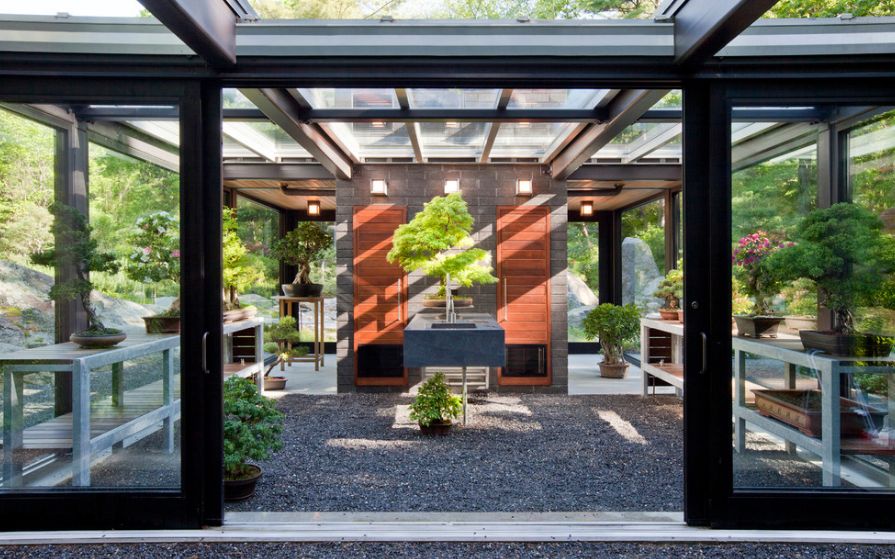
This image is property of cdn.homedit.com.
Pruning and Shaping Your Bonsai Tree
Understanding Bonsai Pruning Techniques
Pruning is a fundamental practice in bonsai cultivation, helping to maintain the shape and size of the tree. There are different pruning techniques used in bonsai, including maintenance pruning, directional pruning, and crown reduction. Maintenance pruning involves removing dead or excess growth and maintaining the overall shape. Directional pruning guides the growth of the bonsai tree in a specific direction, while crown reduction involves reducing the size of the foliage mass.
Promoting Healthy Growth through Pruning
Pruning not only helps in shaping the bonsai tree but also promotes healthy growth. By removing specific branches or shoots, you can direct the plant’s energy towards the desired areas. Regular pruning encourages the development of finer branches and foliage, enhancing the aesthetic appeal of the bonsai tree. Additionally, pruning allows for better air circulation and light penetration, reducing the risk of diseases and promoting overall plant health.
Shaping Your Bonsai Tree
Shaping your bonsai tree is an art form that requires patience and attention to detail. The desired shape of your bonsai tree will depend on the style you want to achieve, such as formal upright, informal upright, or cascading. Use bonsai wire to gently guide the branches into the desired position, taking care not to cause any damage. Remember, shaping a bonsai tree is a gradual process, and it may take several seasons to achieve the desired form.
Avoiding Common Bonsai Mistakes
Overwatering or Underwatering
One of the most common mistakes made by bonsai enthusiasts is incorrect watering. Overwatering, which leads to root rot and fungal diseases, can be detrimental to the health of the tree. On the other hand, underwatering can cause dehydration and stress. It’s important to strike a balance and water your bonsai tree appropriately, considering its specific needs and the surrounding environment.
Using Inappropriate Tools
Using improper tools for pruning and shaping can cause damage to your bonsai tree. It’s essential to invest in high-quality bonsai tools, such as shears, concave cutters, and wire cutters, to ensure clean and precise cuts. Regular garden tools may not be suitable for bonsai and can result in crushing or tearing of the branches. Using the right tools will not only prevent damage but also make the pruning and shaping process easier and more efficient.
Overfertilizing or Underfertilizing
Finding the right balance when it comes to fertilizing is crucial for the health of your bonsai tree. Overfertilizing can lead to nutrient imbalances and chemical burns, whereas underfertilizing can result in stunted growth and nutrient deficiencies. Follow the recommended dosage and frequency provided by the fertilizer manufacturer, considering the specific requirements of your bonsai tree variety.
Neglecting the Bonsai Tree
Neglecting your bonsai tree can be detrimental to its health and wellbeing. Bonsai trees require regular care, which includes watering, pruning, and monitoring for pests and diseases. Regularly inspect your bonsai tree for any signs of distress, such as yellowing leaves or pest infestations. By being proactive and attentive to its needs, you can ensure that your bonsai tree thrives and remains healthy.
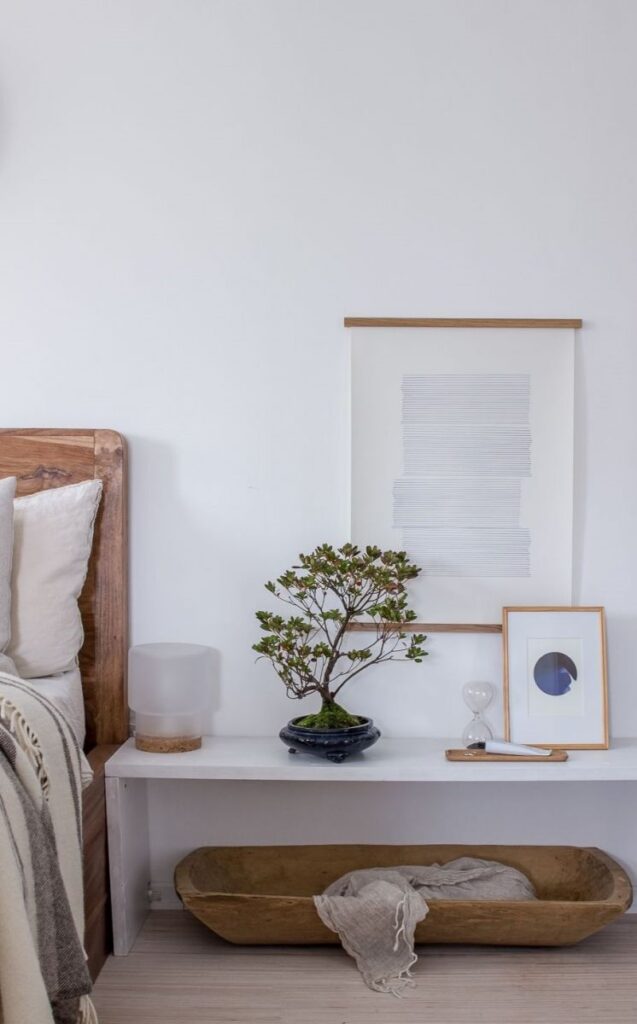
This image is property of www.veronneau.com.
Displaying Bonsai Trees in Different Rooms
Living Room
The living room is often the central space in a home, making it an ideal location to display your bonsai tree. Place your bonsai tree on a coffee table, side table, or a dedicated bonsai stand as a focal point in the room. Consider using a backdrop such as a painting or a wall-mounted shelf to create a visually appealing arrangement. Ensure that the bonsai tree receives adequate natural light and remains within the optimal temperature range.
Bedroom
Adding a bonsai tree to your bedroom can help create a peaceful and relaxing ambiance. Place your bonsai tree on a nightstand or a windowsill, where it can receive indirect sunlight during the day. The gentle presence of nature in your bedroom can contribute to a calm and restful atmosphere, promoting better sleep quality. However, avoid overcrowding the space and ensure that the bonsai tree is positioned in a way that it doesn’t obstruct movement or disturb sleep.
Home Office
Integrating a bonsai tree into your home office can enhance productivity and create a sense of tranquility. Place your bonsai tree on your desk or a nearby shelf, within view but without obstructing your workspace. The presence of a bonsai tree can help to reduce stress and create a calming atmosphere, fostering focus and creativity. Ensure that the bonsai tree receives adequate lighting and remains away from any potential hazards, such as spilled liquids or direct sunlight.
Bathroom
The bathroom provides a unique opportunity to incorporate a bonsai tree, adding a touch of nature to this often overlooked space. Choose a bonsai tree variety that can thrive in a humid environment, as bathrooms tend to have higher levels of moisture. Place the bonsai tree on a windowsill or a shelf, ensuring that it receives enough indirect light. The presence of a bonsai tree can transform the bathroom into a spa-like retreat, creating a soothing ambiance for relaxation.
Enhancing the Zen Aesthetic with Bonsai Stands and Accessories
Choosing the Right Bonsai Stand
A bonsai stand serves both functional and aesthetic purposes. It provides proper elevation for the bonsai tree, allowing for better visibility and airflow. When selecting a bonsai stand, consider the size and style of your bonsai tree, as well as the overall theme of the space. Choose a stand made from natural materials, such as wood or stone, to complement the Zen aesthetic. Ensure that the stand is sturdy and stable to support the weight of the bonsai tree.
Focusing on Minimalist Elements
To enhance the Zen aesthetic of your bonsai corner, focus on incorporating minimalist elements. Keep the overall design simple and uncluttered, allowing the bonsai tree to be the focal point. Avoid excessive decorations or ornaments that may distract from the natural beauty of the bonsai. Minimalist elements, such as clean lines, neutral colors, and open spaces, help create a sense of calm and tranquility.
Incorporating Zen-inspired Accessories
Adding Zen-inspired accessories can further enhance the peaceful ambiance of your bonsai corner. Consider incorporating elements such as small Zen gardens, bamboo accents, or miniature Zen statues. These accessories can help create a harmonious and balanced environment, promoting a sense of serenity. However, it’s important to maintain a balanced arrangement and avoid overcrowding the space, as simplicity is a key principle of the Zen aesthetic.
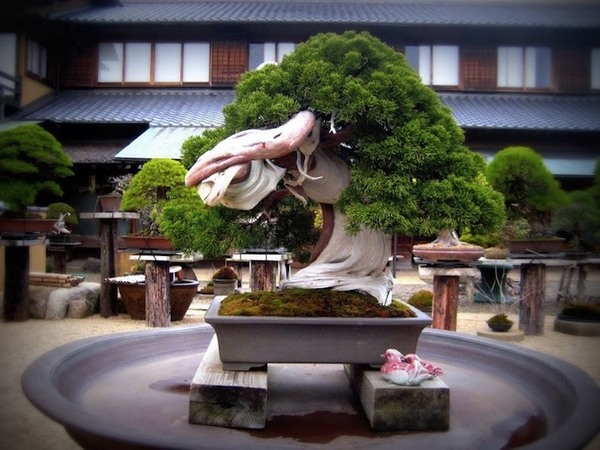
This image is property of deavita.net.
Integrating Bonsai Trees with Other Zen Elements
Zen Garden
Integrating your bonsai tree with a Zen garden can create a harmonious and serene atmosphere. A Zen garden typically consists of sand, rocks, and miniature plants arranged in a contemplative design. Place your bonsai tree near a Zen garden, allowing for a visual connection between the two elements. The combination of the tranquil bonsai tree and the simplicity of a Zen garden can evoke a sense of peace and mindfulness.
Feng Shui Principles
Feng Shui principles can guide the placement and arrangement of your bonsai tree to further enhance the Zen atmosphere. Position your bonsai tree in an area that promotes a flow of positive energy, known as Qi. According to Feng Shui, the southeast corner of a room represents wealth and abundance, making it an ideal location for a bonsai tree. Additionally, ensure that the bonsai tree is situated in a way that it brings balance and harmony to the space.
Natural Earthy Elements
Incorporating natural and earthy elements can complement the essence of a bonsai tree and the Zen aesthetic. Consider using materials such as pebbles, rocks, or driftwood to create a naturalistic backdrop for your bonsai tree. These elements add texture and visual interest to the overall arrangement, while maintaining a sense of simplicity. The combination of the bonsai tree and natural elements creates a connection with nature, promoting a calming and meditative atmosphere.
Troubleshooting Common Bonsai Problems
Identifying and Treating Pest Infestations
Pests can pose a threat to the health of your bonsai tree. Common pests that may infest bonsai trees include aphids, spider mites, and scale insects. Regularly inspect your bonsai tree for any signs of pest infestation, such as discolored leaves, sticky residue, or tiny insects. If you notice any pests, promptly take action to treat the infestation. You can use organic insecticides or employ natural control methods, such as introducing beneficial insects.
Dealing with Diseases and Disorders
Bonsai trees can be susceptible to various diseases and disorders, such as root rot, fungal infections, or leaf diseases. Regularly inspect your bonsai tree for any signs of disease, such as wilting leaves, discoloration, or abnormal growth. If you suspect a disease or disorder, consult a gardening expert or a bonsai specialist for proper diagnosis and treatment. Timely action and appropriate care can help prevent the spread of diseases and maintain the health of your bonsai tree.
Reviving an Ailing Bonsai Tree
If you notice that your bonsai tree is showing signs of decline, such as yellowing leaves or weak growth, immediate action is necessary to revive it. Assess the watering, lighting, and fertilizing practices to identify any potential issues. Adjust these factors accordingly to meet the specific needs of your bonsai tree. Additionally, consider repotting your bonsai tree using fresh bonsai soil to improve root health and promote new growth. With proper care and attention, an ailing bonsai tree can often recover and thrive once again.
Incorporating bonsai trees into your home decor can create a calming and Zen-inspired atmosphere. By choosing the right bonsai tree, providing the ideal environment, and maintaining proper care, you can enjoy the beauty and serenity that bonsai trees bring. With a little patience and attention, you can create a harmonious and tranquil space where your bonsai tree can flourish. Remember to continually assess and adjust your care practices to meet the changing needs of your bonsai tree. Embrace the art of bonsai cultivation, and let it enrich your home with its natural beauty and peaceful presence.

